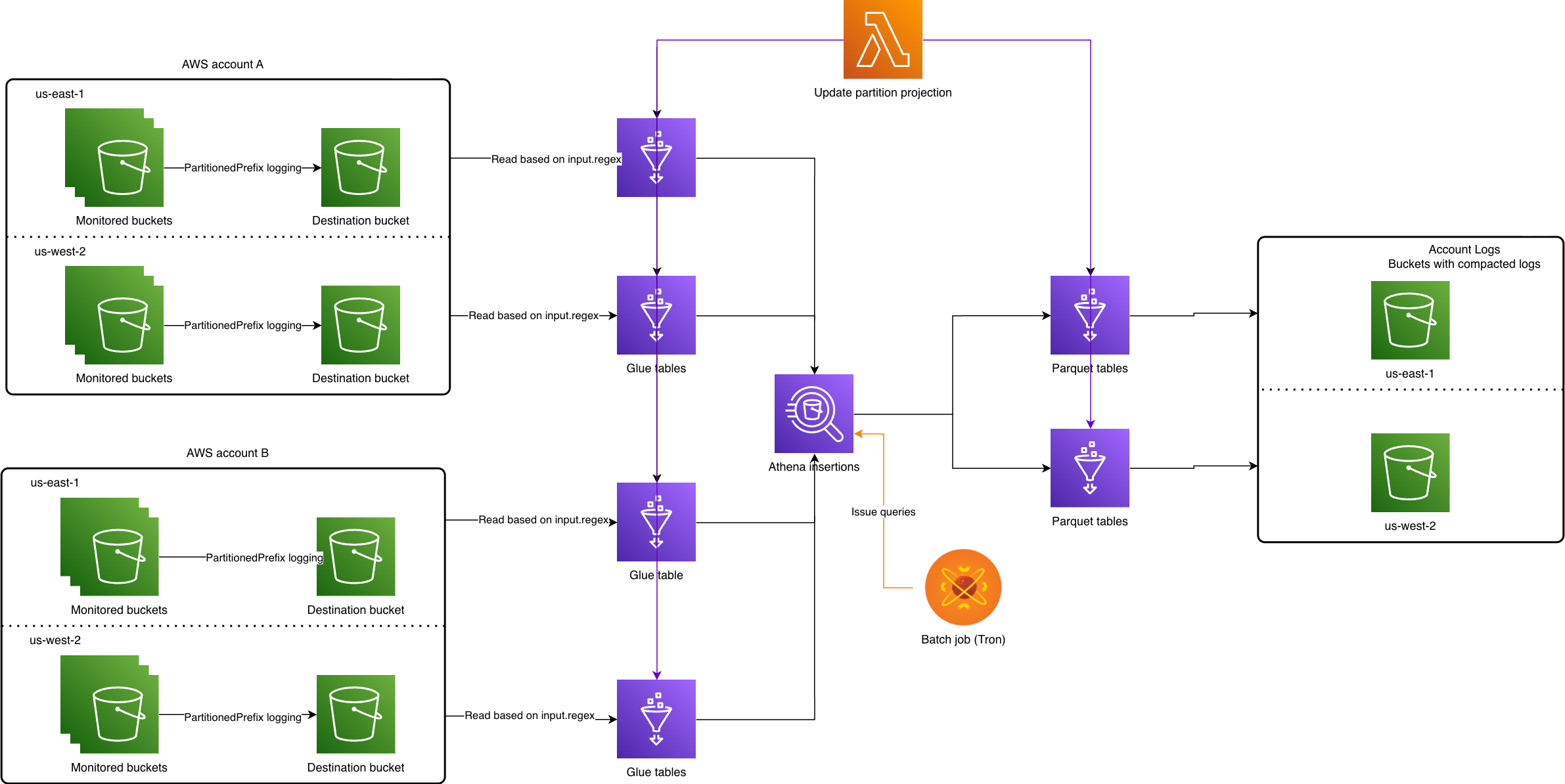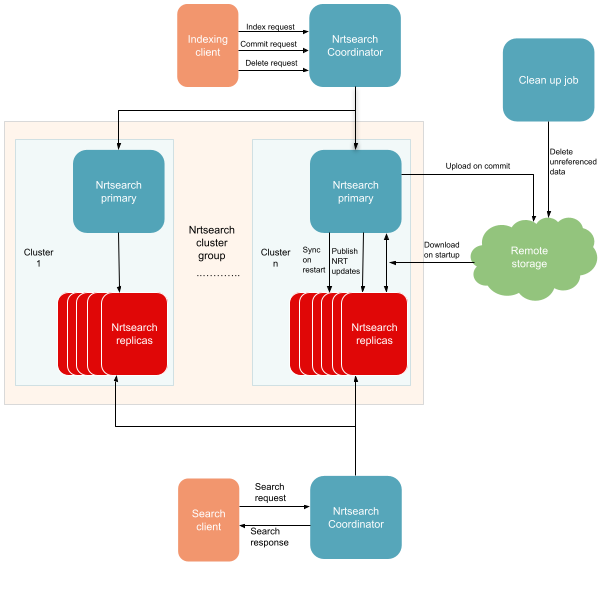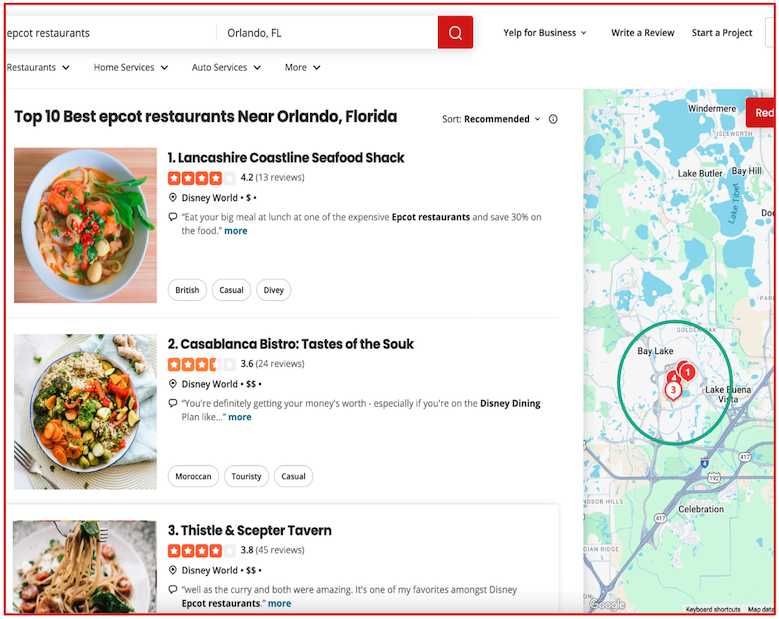S3 server access logs at scale

-
Nurdan Almazbekov, Infrastructure Security
- Sep 26, 2025
Introduction Yelp heavily relies on Amazon S3 (Simple Storage Service) to store a wide variety of data, from images, logs, database backups, and more. Since data is stored on the cloud, we need to carefully manage how this data is accessed, secured, and eventually deleted—both to control costs and uphold high standards of security and compliance. One of the core challenges in managing S3 buckets is gaining visibility into who is accessing your data (known as S3 objects), how frequently, and for what purpose. Without robust logging, it’s difficult to troubleshoot access issues, respond to security incidents, and ensure we...







